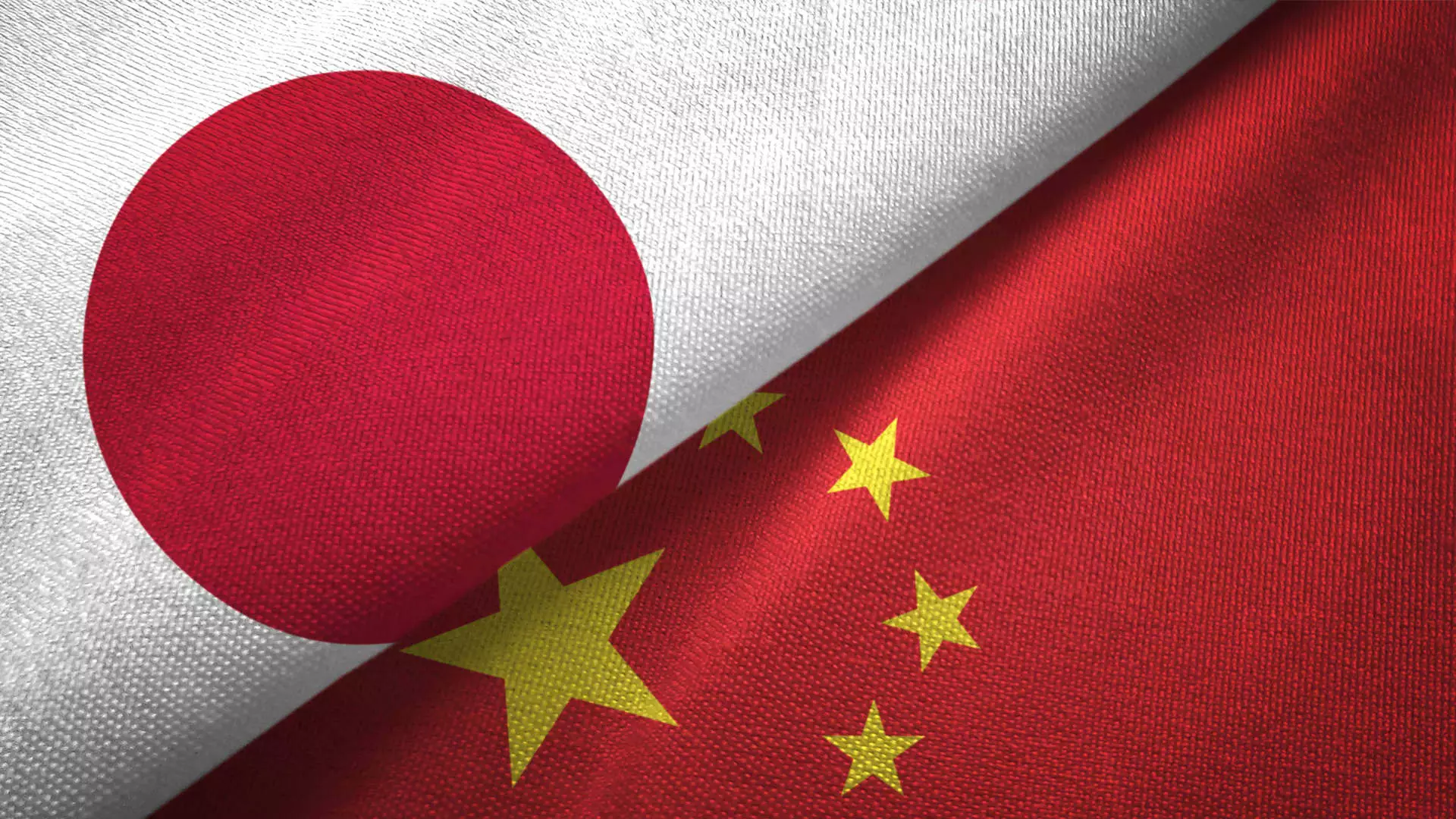Japan has been enjoying a surge in international tourism, with more than 3 million travelers visiting each month since March. This is a significant increase from pre-pandemic levels. The country’s popularity can be attributed to initiatives put in place by the Japanese government to promote tourism. These efforts, coupled with the depreciation of the yen, have made Japan more affordable for foreign visitors.
However, Japan is now grappling with issues of overtourism, particularly in popular destinations like Kyoto. The country’s labor market, which was already tight before the pandemic, is struggling to keep up with the influx of tourists. This has led to 85% of travel and hospitality operators limiting their operating hours due to labor shortages.
On the other hand, China has seen a slower return of international visitors compared to Japan. While there has been a 130% year-on-year increase in foreign visitors from January to July, arrivals are still below pre-pandemic levels. Summer trips to China are on the rise, with inbound bookings doubling since last summer.
China’s expansion of visa-free policies has fueled demand to visit the country. However, geopolitical tensions, as well as unfavorable views from some of the world’s biggest travel spenders, have hindered China’s tourism recovery. The tightening grip on societal regulations by the Chinese government has also raised concerns among foreign travelers.
Addressing issues such as online payment and booking systems, as well as improving cultural perceptions of China, is crucial to attracting foreign travelers back. China’s focus on simplifying travel processes and enhancing traveler experiences could help alleviate some of the challenges faced by the country’s tourism sector.
Overall, the diverging paths of Japan and China in post-pandemic tourism highlight the importance of government initiatives, currency fluctuations, and geopolitical factors in shaping the recovery of the tourism industry. Both countries have unique challenges to overcome in order to capitalize on the growing demand for travel in the post-pandemic era.

